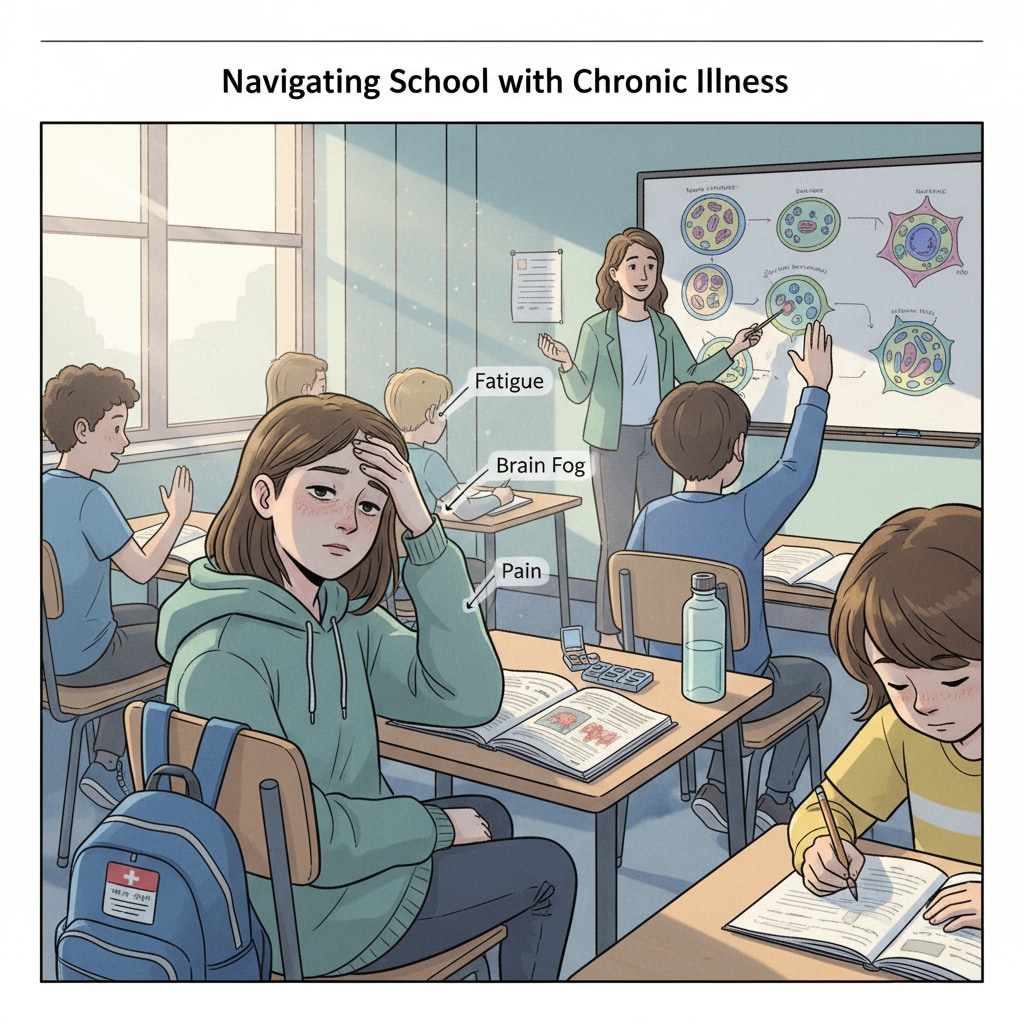Chronic diseases, high school graduation, and GED are topics that often intersect in the lives of teenagers. For many young people grappling with chronic health conditions, the journey through high school can be fraught with difficulties that the traditional education system may overlook. These students face unique challenges that can significantly impact their academic progress and future choices.

The Hurdles of Chronic Diseases in High School
Chronic diseases can bring about a multitude of problems for teenagers in high school. For example, frequent doctor appointments and hospital stays can cause students to miss significant amounts of school. According to the Centers for Disease Control and Prevention, conditions like asthma, diabetes, and epilepsy can disrupt a student’s daily routine. As a result, they may fall behind in their coursework, struggling to catch up on missed lessons. In addition, the physical and mental fatigue associated with chronic diseases can make it difficult for students to concentrate in class, affecting their ability to absorb new information.
Impact on Graduation Prospects
The challenges posed by chronic diseases can have a direct impact on a teenager’s high school graduation. Many students find it hard to meet the standard graduation requirements due to absences and academic setbacks. This not only delays their entry into the next phase of their education or career but also takes a toll on their self – esteem. Some may even consider dropping out, feeling overwhelmed by the combined pressures of their health and schoolwork. However, there are alternatives available, such as the General Educational Development (GED) test.

The GED as an Alternative Path
The GED offers a ray of hope for teenagers with chronic diseases who are struggling to complete high school in the traditional way. The GED tests assess skills in areas like language arts, mathematics, science, and social studies. It provides an opportunity for students to demonstrate their knowledge and earn a high school equivalency credential. As stated on the official GED website, this credential can open doors to further education, including college, or improve job prospects. For those who have faced disruptions due to chronic diseases, the GED allows them to take control of their educational future.
In conclusion, chronic diseases present significant obstacles for teenagers in high school when it comes to graduation. However, with options like the GED, these students can still achieve their educational goals and move forward in life. It is crucial that the education system and society as a whole recognize the unique needs of these students and provide the support they require to succeed.
Readability guidance: By using short paragraphs and lists, we can better convey the key points. Each H2 section presents relevant information in a clear manner. We have also controlled the proportion of passive voice and long sentences, and added transitional words to enhance the flow of the article.


